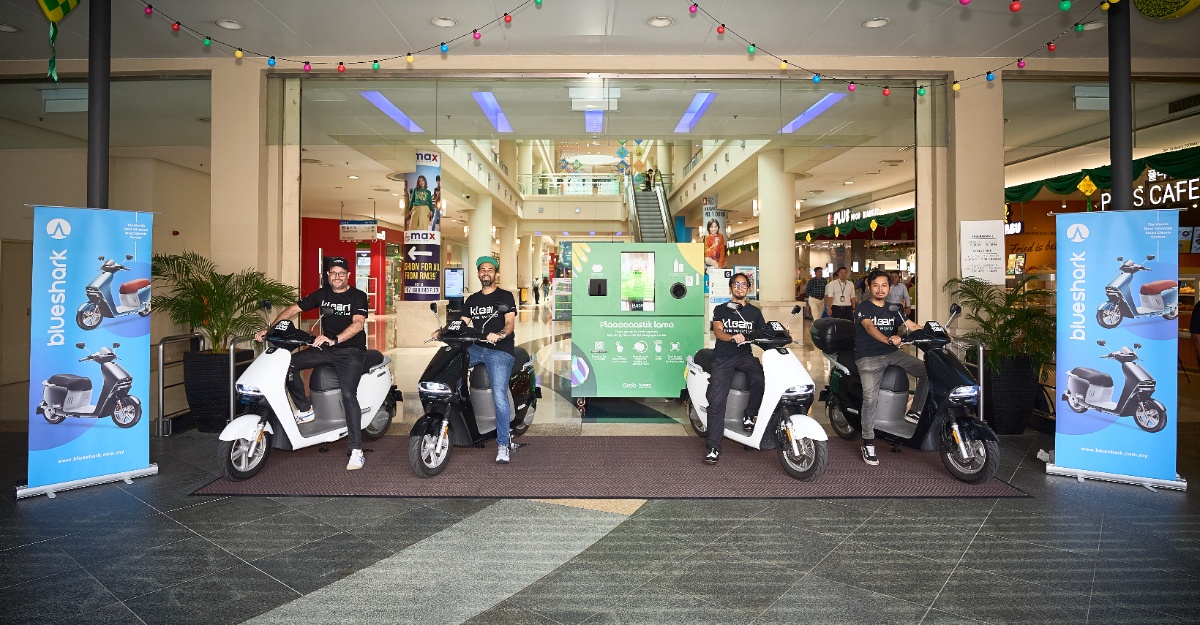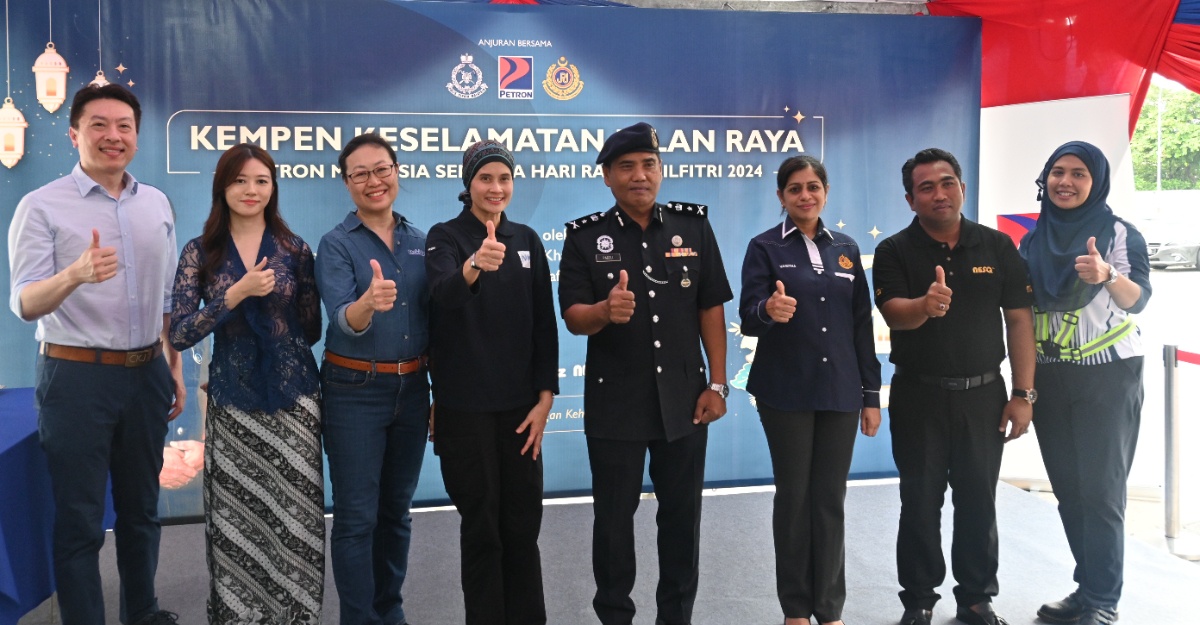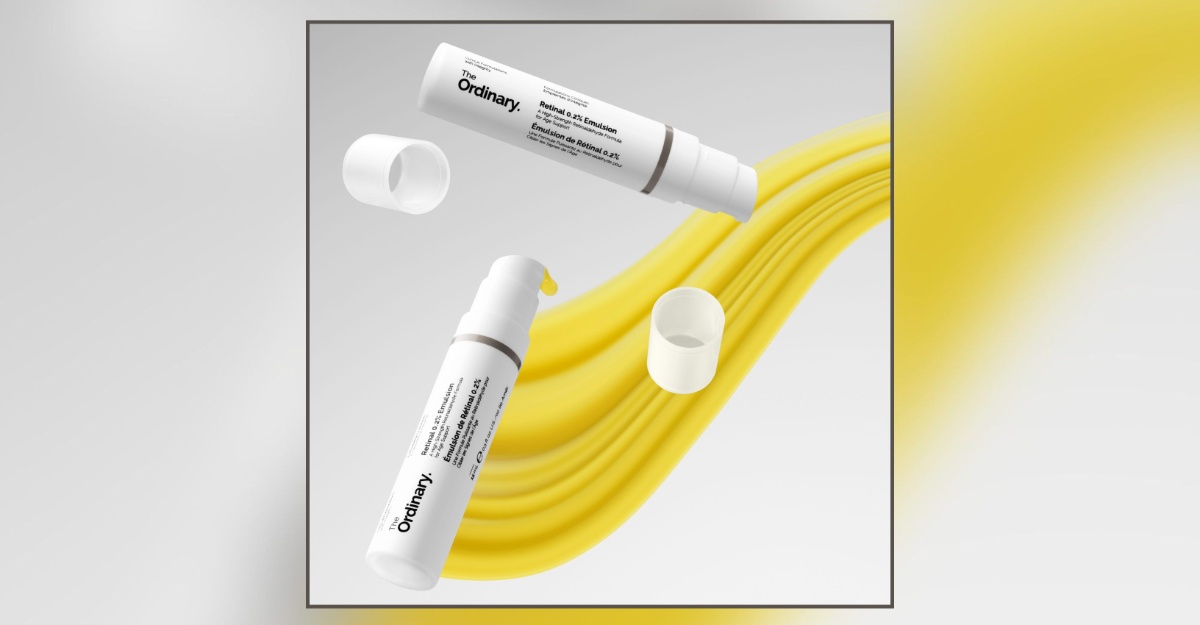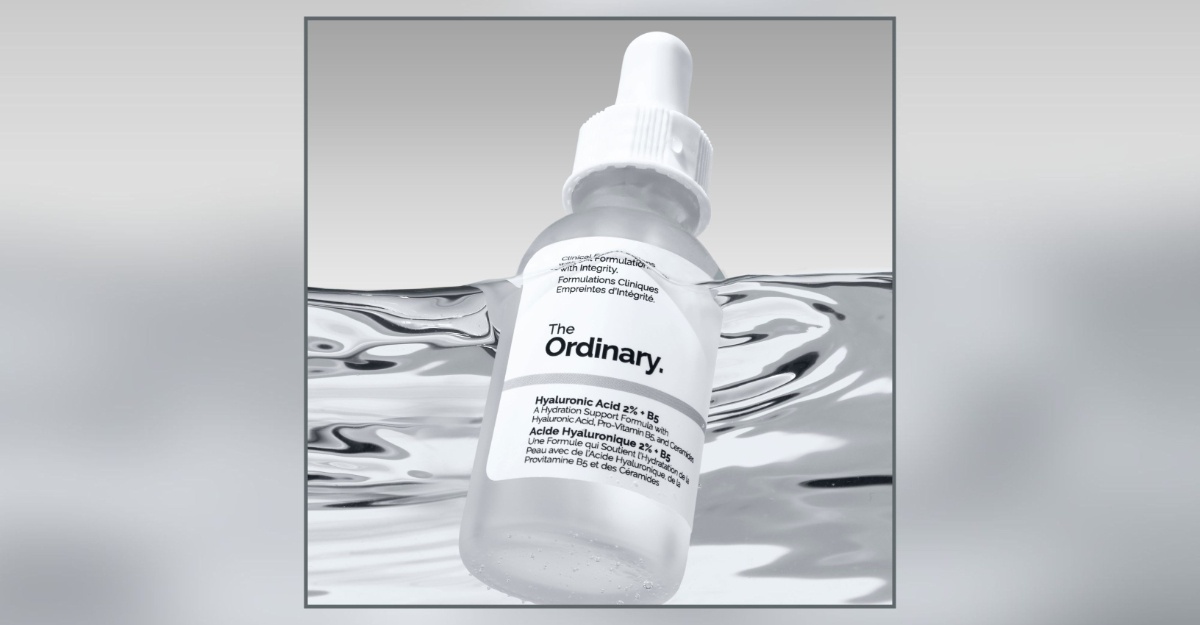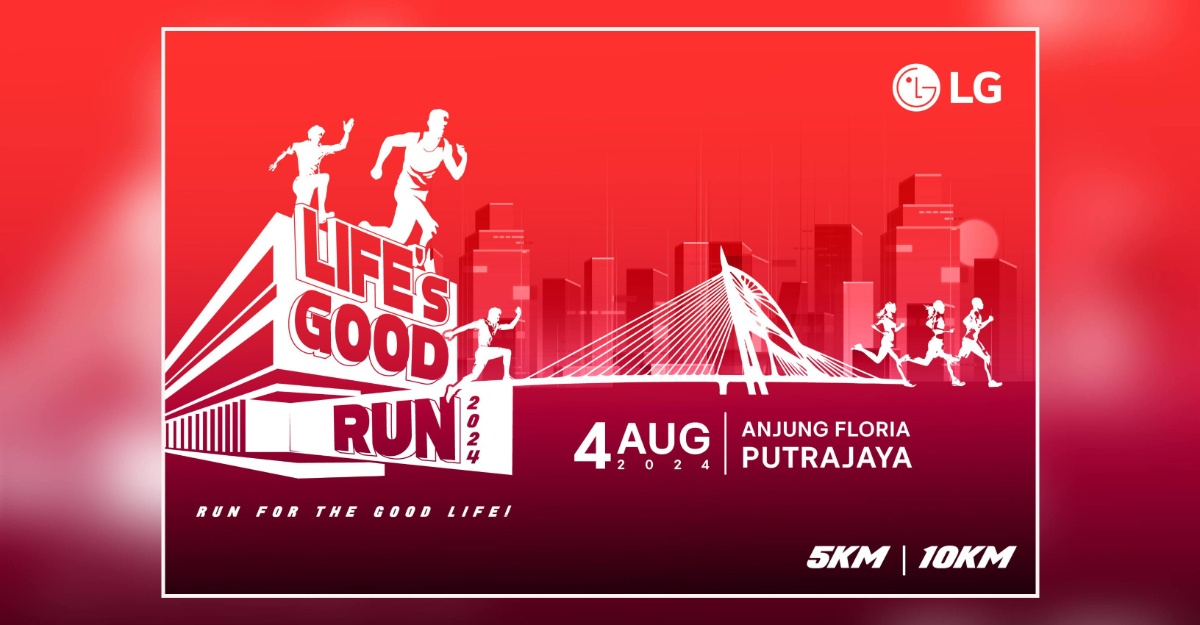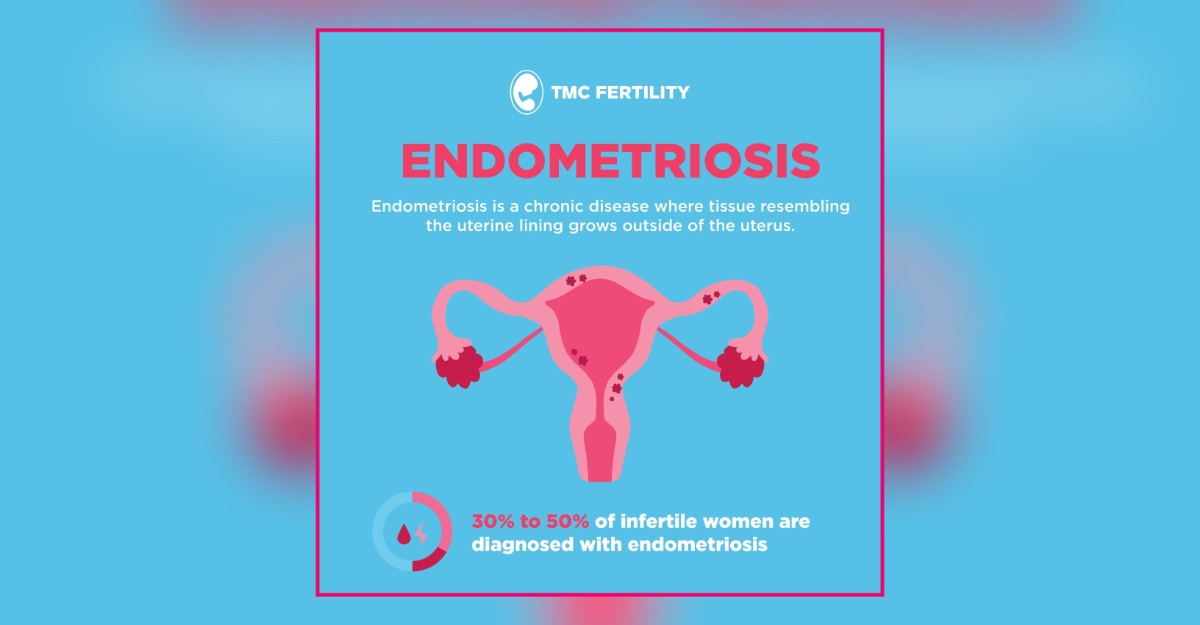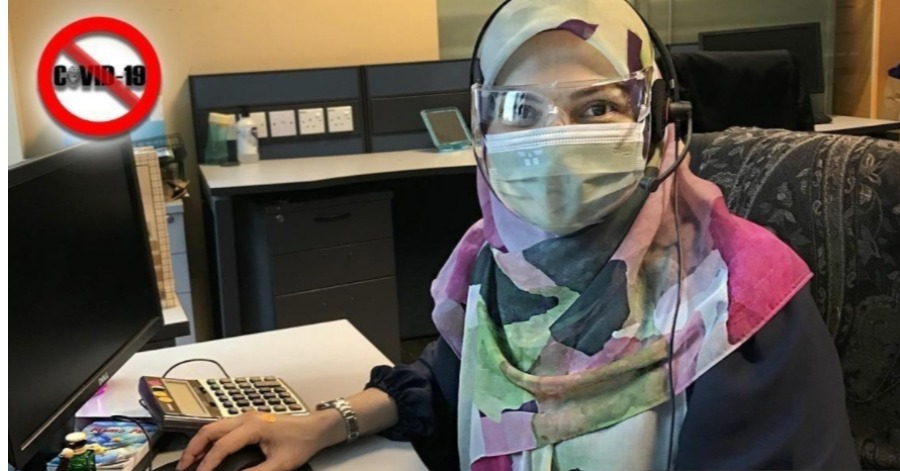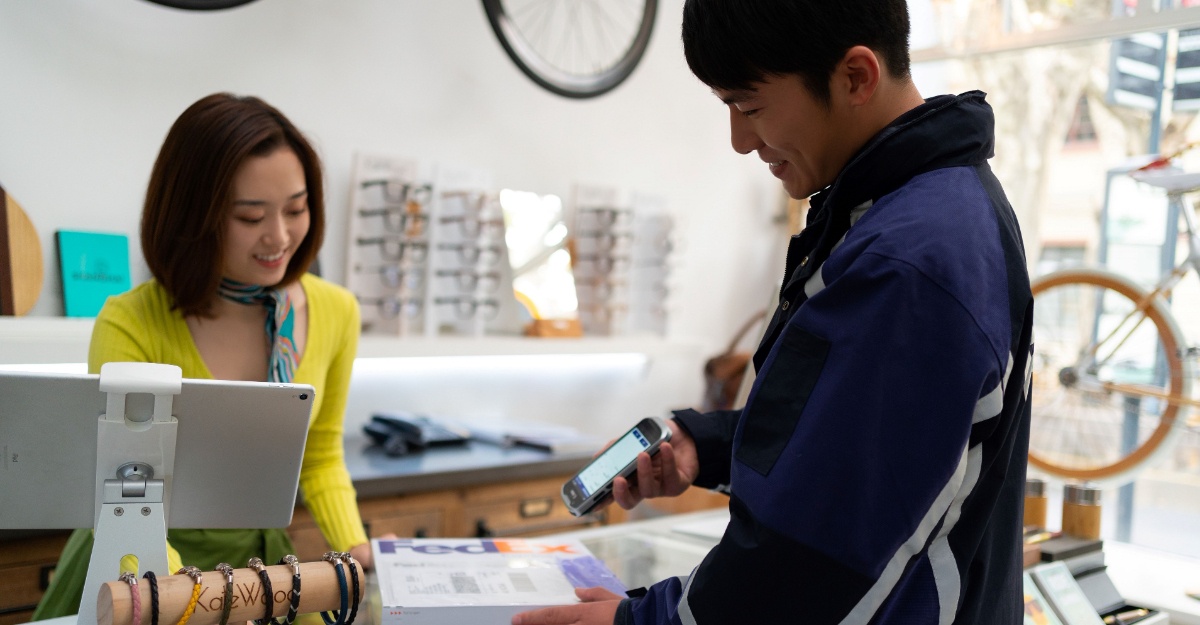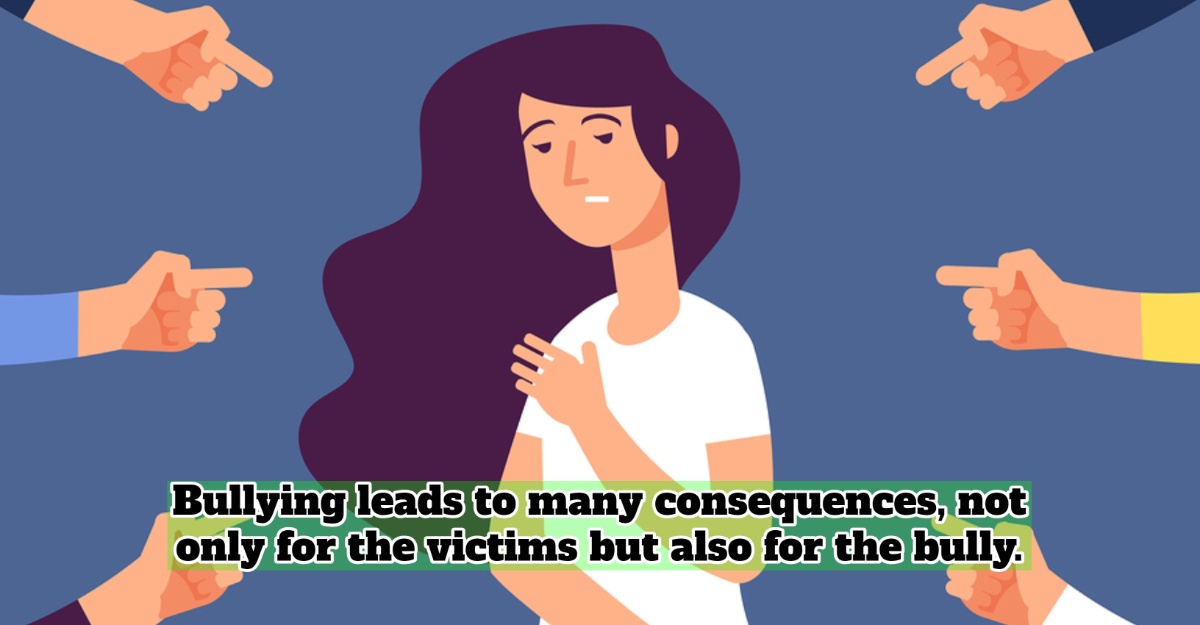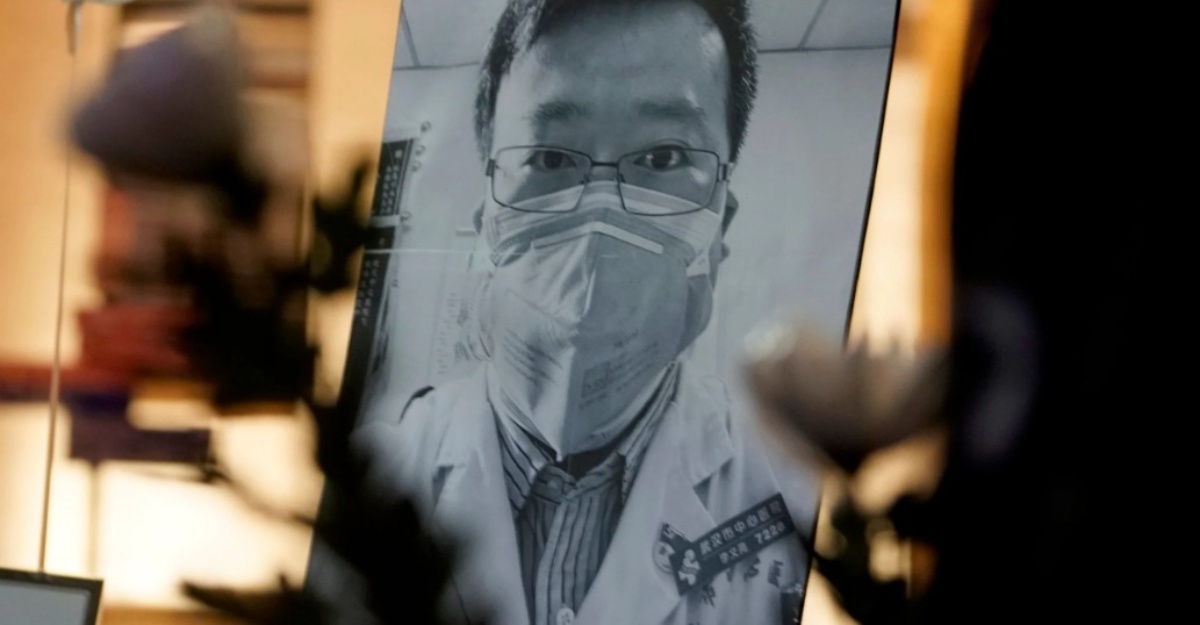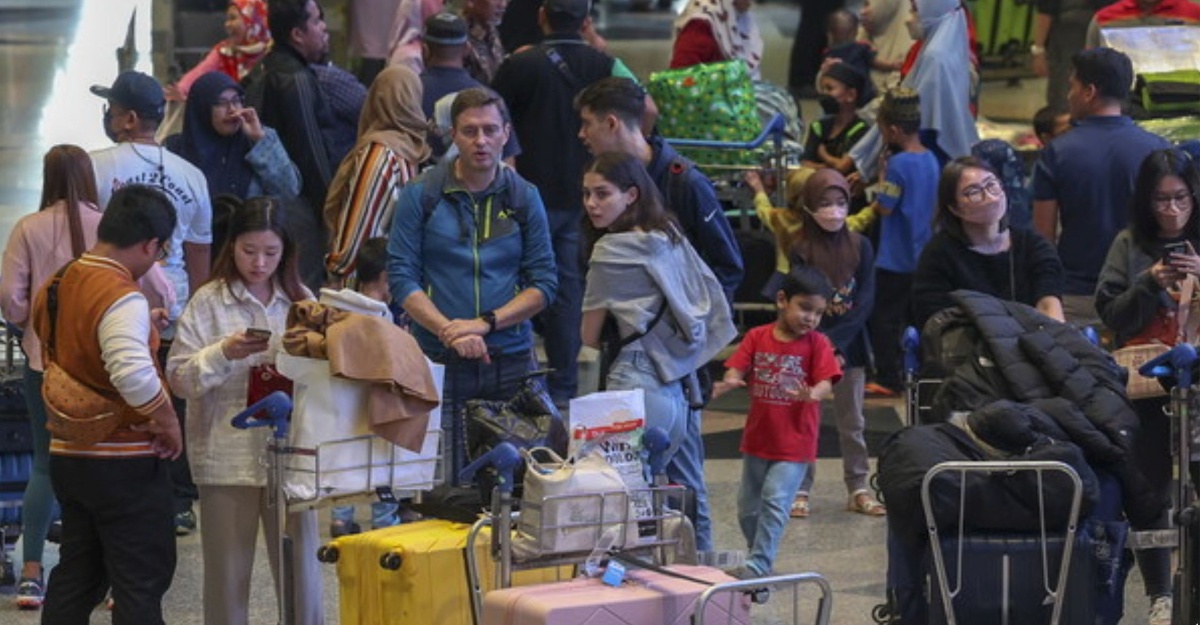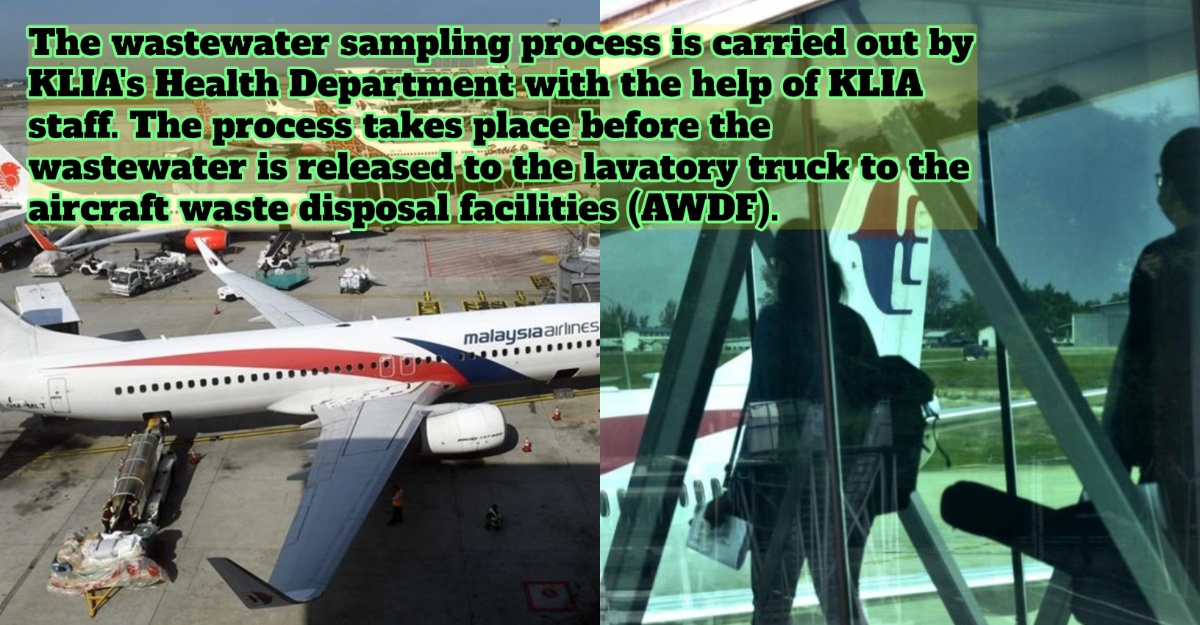KUALA LUMPUR (Bernama) — “Till today, I still have this phobia or fear of crowds. I have not been out elsewhere other than to go to office and back home after work,” says Noraznida Daud, 48.
Noraznida’s story is becoming a familiar one among former COVID-19 patients who experience post-COVID-19 health problems such as depression, anxiety, stress and post-traumatic stress disorder (PTSD).
According to the Insurance and Takaful executive of a leading insurance firm in the city here, she was diagnosed positive for COVID-19 on July 20 after contracting the virus from her colleague.
“The pain was unbearable….My post-COVID-19 experience has been traumatic as I was afraid to go anywhere even to the office. However, life has to go on. But I am grateful that I am still alive after this dark episode and my employer has also been supportive during my hour of need,” she said.
“Without a doubt, COVID-19 is no laughing matter. All of us have to act on the basis that anyone we meet may be already infected with the virus.
“It sounds harsh, but I feel that this is the best option, lest we forget that we should observe the standard operating procedures (SOPs) such as wearing face masks, physical distancing and regularly washing our hands,” she shared with Bernama.
Noraznida said, a day before she was confirmed positive from the deadly virus, she experienced severe headache and body chills while at work and wanted to go to the clinic located in the same building.
However, she noted that she received a phone call from her manager asking her to return home and that she should not go anywhere as her colleague had just been tested positive from COVID-19.
“Only Allah knows how I felt at that moment. Panic, fear….and I could not stop tears from rolling down my cheeks. With stories on COVID-19 being fed daily in the media, what sprang to mind were images of a hospital, quarantine centre, intensive care unit (ICU) including COVID-19 patients who were put to sleep as well as death.
“Based on the test results released the next day, I was indeed infected with the virus, and in fact, two of my children were also tested positive except that they were asymptomatic. I was having symptoms such as severe headache, no sense of taste, sore throat and was coughing up blood,” said the mother of four who was only asked to undergo self-quarantine at home after being confirmed COVID-19 positive.
FOLLOW-UP TREATMENT
According to a medical and health specialist, what Noraznida experienced was not uncommon, as many COVID-19 patients went through the same ordeal, especially those who were infected at the workplace.
“However, if they suffer from sleep disorders, extreme anxiety as well as physical symptoms, such as avoiding from being in a similar situation (a situation which caused them to be COVID-19 infected) and possibly causing them to be emotionally disturbed, these could be post-trauma symptoms,” said Senior Consultant Psychiatrist at Universiti Malaya Medical Centre (UMMC) Associate Professor Dr Muhammad Muhsin Ahmad Zahari said.
If this happens, he advised the affected individual to seek pyschotherapy assistance so that he or she is mentally prepared to return to work.
“This process will take some time and during treatment, the doctor may provide the individual with a medical certificate including for rehabilitation purposes,” he said, adding that employers must have compassion and should not force the employee to go back to work which could worsen his or her condition.
Elaborating further, he said COVID-10 infections could have a short term impact on the individual’s mental health such as anxiety and long term syndrome causing him or her to experience post-trauma stress anxiety such as prolonged depression.
“This can happen due to public stigma towards ex-COVID-19 patients. There are others who experience extreme fatigue while others suffer from neuropathic pain,” he explained.
Dr Muhammad Muhsin said they have to undergo clinical mental analysis to allow psychological intervention to be carried out immediately to avoid from worsening symptoms, in case they experience mental exhaustion after being infected with COVID-19.
“Therapy support treatment should also be extended to those who need them. This includes being empathetic to their problems without being judgemental. If the mental disturbance experienced is serious, a treatment in the form of medication may be needed,” he said.
According to Dr Muhammad Muhsin, those who are directly and badly hit such as their large family being admitted to the ICU or died of COVID-19 risk experiencing the long term syndrome.
WORKER-EMPLOYER DISCUSSION
President of the Malaysian Society for Occupational Safety and Health (MSOSH) Dr Shawaludin Husin said the pandemic uncertainty should give reason for open discussion between workers and employers and both sides should look for alternative win-win solutions.
“During the pandemic, many issues have become sensitive and need careful consideration especially those related to emotion, finance and daily lives which have been badly affected. Both employees and employers are bearing the brunt of the pandemic.
Besides the trauma, workers also face the possibility of their allowances or salaries being cut and the risk of retrenchment. Employers are also burdened with debts as they are forced to close their operations during the MCO but rental on machines and buildings have also to be settled,” he said.
Dr Shawaluddin who is also Occupational Health Doctor said the financial problems could trigger other issues such as the breakdown in the family institution, stress and mental exhaustion, with suicide rising in the country due to hardships amid the pandemic.
“This issue (suicide) is cause for grave concern,” he said, adding that tolerance and understanding between employees and the employer are the best recipes to keep the company going during the pandemic, while providing a source of income for mutual benefit.
PANDEMIC AND OSHAH 1994
On the Occupational Safety and Health Act 1994 (OSHA 1994) which serves to protect workers during the pandemic, Dr Shawaludin said the issue would depend on the category of hazards, types of occupation as well as the situation that allows protection to be accorded under the act.
“Hazards to safety and health under OSHA 1994 include exposure to toxic chemicals, psychological hazards (heat, noise levels, electricity), ergonomic, psychosocial and biological hazards.
COVID-19 falls under biological hazards. Frontliners, especially those treating and managing COVID-19 patients including those who work at the COVID-19 sample laboratories, are clearly exposed to such hazards while on duty at the workplace and they are directly protected under the OSHA 1994,” he noted.
On the fate of workers infected at the workplace, he said it is rather difficult to prove that the infection has taken place in the office given that” COVID-19 is widespread, difficult to control and sporadic in nature…it can be anywhere and could infect anyone.”
“As more people are infected by the virus anywhere, it would not be possible or rather unfair to put the blame on the employer alone when COVID-19 infection takes place at the workplace. To what extent can we determine that the infection originates from the workplace?
“However, OSHA 1994 provides for action to be taken against employers for failing to comply with SOPs as determined by the authorities, including employers who allow staff who are infected with COVID-19 to work at the office and putting others at the workplace at risk,” he said.
OSHA 1994 is primarily aimed at ensuring the safety, health and welfare of workers at the workplace are protected from any safety and health risks as a result of work activities held, in addition to protecting the safety and welfare of third parties (including visitors or public) from similar risks at the workplace.
The responsibility falls on employers in situations affecting the safety, health and welfare of the workers at the office.
At the same time, employers have responsibilities for the health and safety of the general public. They should ensure that their activities do not have adverse implications on the external environment, such as air and river pollution.
He also called on the government and experts in the field to provide realistic estimates on the time frame needed for the nation to be fully recovered from the pandemic to help the people plan their future.
“Once there is a concrete estimate based on date, facts and research, for example in 2024 or 2025 (the nation to recover from COVID-19), the people especially workers and employers, can plan their agenda such as pivoting their business to other relevant sectors,” he said adding that this would help reduce the uncertainty and stress among the people as they are still in the dark as to when the COVID-19 crisis will end for the nation.”
Sources: BERNAMA











